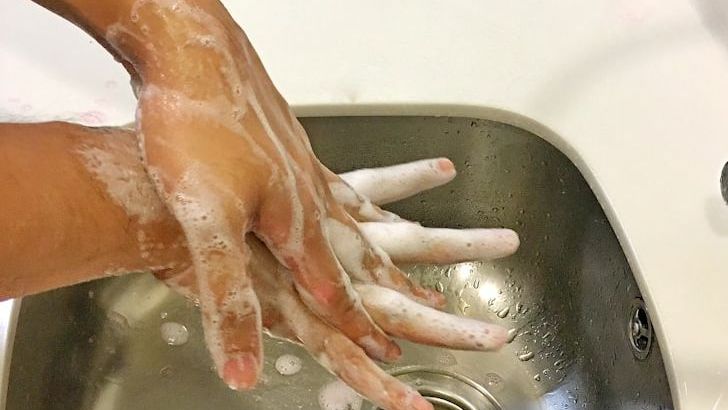Your Tipping Power Goes Way Beyond Money

Here’s something that might surprise you – when you tip, you’re not just adding a few extra dollars to someone’s paycheck. Research indicates that restaurant employees earn a significant portion of their income from tips, making your gratuity a crucial part of their survival. But there’s more to this story than raw numbers.
Regional differences in tipping practices vary significantly across states. What’s fascinating is that tip percentages have reportedly been declining in recent periods, often linked to economic uncertainty. Your server feels this pinch immediately.
Research reveals something incredible: servers can actually boost their tips by lightly touching customers, crouching next to tables, introducing themselves by name, and even drawing smiley faces on checks. This isn’t manipulation – it’s genuine human connection at work. Studies show that when servers memorize orders correctly, it results in statistically significant increases in customers’ perceptions of service quality and marginally higher tips.
The Coffee Conspiracy You Never Suspected

This one’s going to blow your mind, especially if you’re someone who specifically orders decaf coffee after dinner. A Kansas City waitress revealed that “in most restaurants, after 8 p.m. or so, all the coffee is decaf because no one wants to clean two different coffeepots. I’ll bring out a tray with 12 coffees on it and give some to the customers who ordered regular, others to the ones who ordered decaf. But they’re all decaf.”
This isn’t about deceiving customers – it’s pure practicality meeting the reality of closing procedures. Think about it from their perspective: cleaning multiple coffee machines at the end of a long shift when most people ordering coffee late aren’t looking for a caffeine boost anyway. The servers know that most evening coffee drinkers are simply looking for something warm to accompany dessert or end their meal.
What makes this particularly interesting is how it reflects broader restaurant efficiency practices. Servers constantly make these judgment calls to streamline operations while maintaining the dining experience. It’s the same reason why some pizza chains admit to putting extra sugar in kids’ meal dough and adding sugar to children’s meals to make them more appealing – small adjustments that most customers never notice but significantly impact operations.
The Hidden Health Reality Behind Kitchen Doors

This secret might make you think twice about how restaurants actually operate when nobody’s watching. Food preparation often falls to servers who handle tasks like salads and wraps to save kitchen time, but these same servers are frequently “so busy that almost no one would take the time to wash their hands before preparing the food, even though they’d just been handling cash all day.”
Here’s a simple test you can do: check the restaurant’s restroom condition, because “you can always tell how clean they keep the kitchen by what the restroom is like. Dirty restroom = dirty kitchen.” This insider tip gives you immediate insight into a restaurant’s overall hygiene standards without ever stepping foot in the kitchen.
The reality is that proper handwashing is one of the most important food hygiene practices and can significantly reduce the risk of foodborne illness, yet time pressures often compromise this basic safety measure. Poor hygiene remains one of the most common causes of foodborne illness, and a foodservice handler who forgets to wash their hands just one time could potentially contaminate food. Understanding these realities helps you make informed choices about where and when to dine, and why supporting restaurants that prioritize proper training and adequate staffing makes such a difference.
The next time you sit down at a restaurant, remember that your server isn’t just taking your order – they’re navigating a complex world of operational challenges, financial pressures, and behind-the-scenes realities that shape your entire experience. These insights aren’t meant to discourage you from dining out, but rather to help you become a more informed and empathetic customer. When you understand the real dynamics at play, you can make choices that benefit both you and the hardworking people who make your meal possible. What do you think about these restaurant secrets? Tell us in the comments.





![BREAKING: Rob Reiner & Wife Were Killed by Their Son Who Battled Drug Addiction [Reports]](https://everyday-states.com/wp-content/uploads/2025/12/1765818844773_rob_reiner.0842.jpeg)